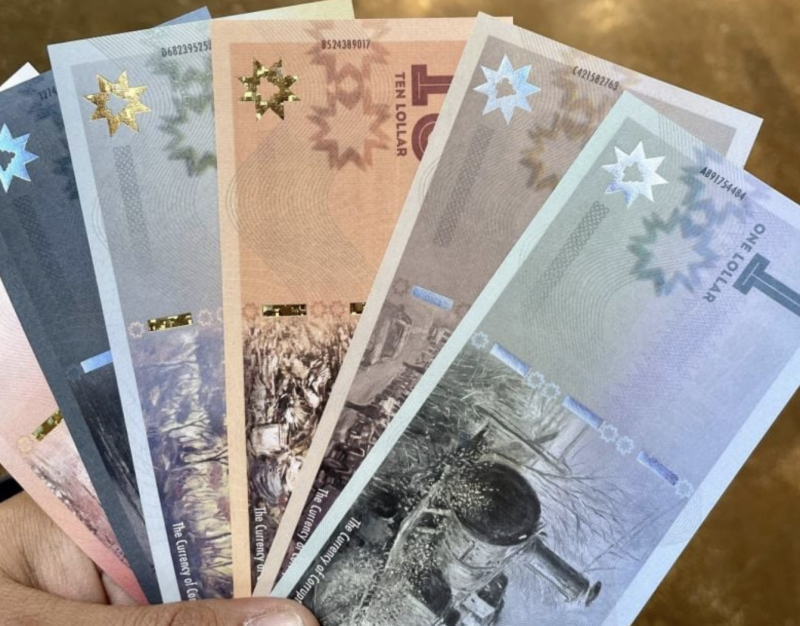
"Lollars" as imagined by British artist Tom Young. (Credit: Philippe Hage Boutros/L'Orient-Le Jour)
As of Tuesday evening, Banque du Liban (BDL) had still not indicated whether it intended to extend the period of application of its circular no. 151, one of the oldest mechanisms put in place since the start of the crisis. The circular accommodates or legitimizes, depending on one's point of view, the illegal restrictions imposed by Lebanese banks on their customers since the beginning of the crisis.
It's unclear at this stage whether BDL intends to extend it by issuing a new intermediate circular, as it has been doing for almost four years, or whether its effects will continue to apply even without a text, as has been the case for at least one regulation adopted by the institution since the start of the crisis. “As long as the official rate remains at LL15,000 to the dollar, we're probably heading for the second scenario,” a source in the management of one of the country's major banks told L'Orient-Le Jour.
The text obliges depositors holding dollar deposits targeted by these restrictions to be able to withdraw only a portion in Lebanese pounds each month, and at a rate well below the market rate.
Initially set at LL3,000, then successively at LL3,900 and LL8,000, this withdrawal rate was aligned with the official parity of LL15,000 to the dollar when it came into force on Feb. 1.
This means that a dollar withdrawn from a restricted bank account opened before the onset of the crisis is currently worth only one-sixth of the value of a real dollar exchanged at a stockbroker's. This also means that banks have been forced to reduce their exchange rates.
In addition, banks were able to use the circular to liquidate at lower cost dollar deposits made when the exchange rate was LL1,507.5 to the dollar, just before the crisis broke. Four years on, Lebanon still has not passed a law establishing formal and fair capital controls, nor resolved the issue of restructuring the banking sector and dealing with its losses.
Since the beginning of the crisis, the former have been referred to as “bank dollars” or lollars, and the latter as “fresh dollars.”
Adopted on April 21, 2020, circular no. 151 was one of the first texts to indirectly recognize this distinction, along with circular no. 150 published on April 9 of the same year, which enshrined the inalienability of fresh dollars. On April 19 of this year, BDL published a new text enshrining the distinction more directly.
This article was originally published in L'Orient-Le Jour.